K-Steel at a Crossroads: Structural Reform and Global Survival Strategies in the Carbon-Neutral Era
“K-Steel at a Crossroads: Structural Reform and Global Survival Strategies in the Carbon-Neutral Era”
This issue brief diagnoses the structural crisis facing Korea’s steel industry, whose business conditions are rapidly deteriorating due to the convergence of three simultaneous pressures: declining exports, rising imports of low-priced foreign products, and a stagnant domestic market. It also shows that while global decarbonization pressures are amplifying existing challenges, they may also create new opportunities to lead in a differentiated, low-carbon future market.
The brief acknowledges the long-term potential of hydrogen reduction steelmaking (HyREX), while analyzing the practical constraints such as uncertainties in securing green hydrogen, insufficient clean-power infrastructure, and the enormous capital investment required. It argues that the steel industry’s carbon-neutrality strategy must adopt a balanced approach that goes beyond simple CO₂ reduction to comprehensively consider national security, industrial competitiveness, and the sustainability of local communities. Furthermore, by examining how major global steelmakers are reorganizing production around energy availability in response to intensifying global competition and decarbonization pressures, the brief suggests that Korea, too, must acknowledge its domestic energy constraints and proactively pursue a strategy to restructure its production network by utilizing regions that offer advantageous access to energy and raw materials.
In addition, to maximize Korea’s strengths in technological capability and high–value-added product manufacturing, the brief proposes a “Two-Track” global hub strategy: a domestic hub (for high–value-added technologies and resource circulation) and an overseas hub (as a forward base for green steel production), with roles divided between the two. It also emphasizes that sustainable industrial transition is achievable only when conditions such as the full internalization of carbon costs, mandatory green public procurement, and proactive preparation of Just Transition support measures are in place.
Keywords
Carbon neutrality, steel industry, decarbonization transition, hydrogen reduction steelmaking (HyREX), global production network restructuring, Two-Track global hub strategy, high–value-added technologies and resource circulation, green steel production base, Just Transition



